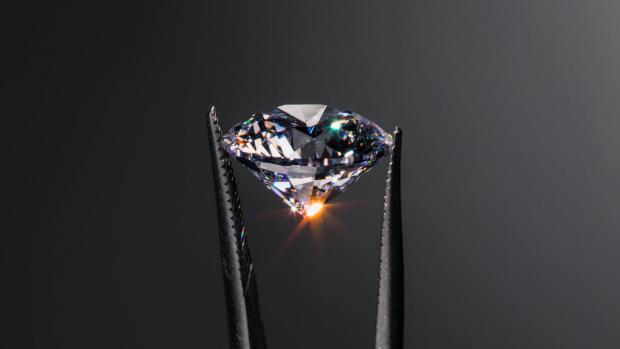
Breaking News
 Mirrored concrete for cheap solar energy
Mirrored concrete for cheap solar energy
 All Government Is Dictatorial Because All Government Is Totalitarian
All Government Is Dictatorial Because All Government Is Totalitarian
 Putin Says He's Ready for Peace
Putin Says He's Ready for Peace
 Medicaid Fraud in Minnesota at least $9 Billion Since 2018
Medicaid Fraud in Minnesota at least $9 Billion Since 2018
Top Tech News
 This tiny dev board is packed with features for ambitious makers
This tiny dev board is packed with features for ambitious makers
 Scientists Discover Gel to Regrow Tooth Enamel
Scientists Discover Gel to Regrow Tooth Enamel
 Vitamin C and Dandelion Root Killing Cancer Cells -- as Former CDC Director Calls for COVID-19...
Vitamin C and Dandelion Root Killing Cancer Cells -- as Former CDC Director Calls for COVID-19...
 Galactic Brain: US firm plans space-based data centers, power grid to challenge China
Galactic Brain: US firm plans space-based data centers, power grid to challenge China
 A microbial cleanup for glyphosate just earned a patent. Here's why that matters
A microbial cleanup for glyphosate just earned a patent. Here's why that matters
 Japan Breaks Internet Speed Record with 5 Million Times Faster Data Transfer
Japan Breaks Internet Speed Record with 5 Million Times Faster Data Transfer
 Advanced Propulsion Resources Part 1 of 2
Advanced Propulsion Resources Part 1 of 2
 PulsarFusion a forward-thinking UK aerospace company, is pushing the boundaries of space travel...
PulsarFusion a forward-thinking UK aerospace company, is pushing the boundaries of space travel...
 Dinky little laser box throws big-screen entertainment from inches away
Dinky little laser box throws big-screen entertainment from inches away
 'World's first' sodium-ion flashlight shines bright even at -40 ºF
'World's first' sodium-ion flashlight shines bright even at -40 ºF
Diamonds are created from THIN AIR: Startup draws carbon dioxide from the atmosphere...

It may seem like a thing of fantasy, but a luxury jewellery startup has created diamonds that are made from thin air.
Aether pulls carbon dioxide (CO2) out of the atmosphere to make its lab-grown gems, which are physically and chemically identical to those that are mined.
It bills them as carbon-negative diamonds by claiming to extract 20 tonnes of CO2 from the air for every one carat diamond sold.
That is what earned Aether the B Corp Certification as the first and only diamond producer with that title.
Its gems are unlike other lab-grown diamonds because these are produced from petrochemicals like methane.
Aether is now planning to use $18 million (£13.75 million) in funding to ramp up the production of its diamonds, including a wholesale program which has just launched.
'I became instantly fascinated when I heard about this new direct-capture technology developed by a company in Switzerland that strips harmful CO2 out of the atmosphere,' Ryan Shearman told Forbes.
'I wondered if we could take all this abundant, harmful carbon that is warming the planet and turn it into a beautiful form of carbon that warms the heart — diamonds.'
He added: 'We are addressing the lab-grown market in a new way, since there is some level of emissions and environmental impact from the fossil-fuel production used for lab-growns.



